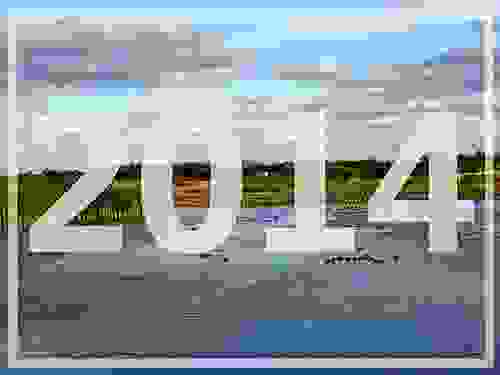In 2014 the Texas A&M Institute of Renewable Natural Resources (IRNR) and the Texas Water Resources Institute (TWRI) wrapped-up a third full year of working together. As the institutes continue this partnership, Dr. Roel Lopez, IRNR director and TWRI interim director, said that he and the institutes’ staff are looking forward to the research and education work ahead in 2015, as they reflect on the accomplishments made in 2014.
“2014 was a very productive year for IRNR and TWRI,” he said. “Together the institutes received more than $9 million in external grants, which was about a 53-percent increase from 2013.”
“The institutes continue to work together and share services to efficiently address critically important water and natural resources problems.”
IRNR’s production of updated Texas Land Trends data and a resulting new report was one highlight of the year, Lopez said.
“The latest Texas Land Trends data enables us to pinpoint and show the dramatic loss and fragmentation of privately owned farms, ranches and forests that is happening in Texas right now,” he said. “Conserving private lands and recognizing the importance of private land stewardship will continue to be a major priority for IRNR and our partners in 2015.”
TWRI’s watershed programs continued to expand and gain greater recognition in 2014, said Dr. Kevin Wagner, TWRI associate director. Watershed services were expanded to include not only bacterial source tracking and watershed assessment and planning, but also watershed monitoring. TWRI’s Texas Watershed Planning Short Course was recognized as a 2014 Texas Environmental Excellence Award finalist in the education category.
“TWRI continues to seek greater opportunities to support the citizens of Texas in addressing the state’s water issues by supporting local efforts through education and research,” Wagner said.
In 2014 the institutes worked with a wide variety of partners, including Texas A&M University System entities, private foundations and organizations, other universities, and various local, state and federal agencies.
For additional reading on the institutes’ past year of work, read some of the institutes’ top Conservation Matters stories from 2014:
- BST team wins interdisciplinary research award
- IRNR part of TAMU team receiving $1.4 million grant for woodland encroachment research
- New Texas Land Trends report shows decline in rural working land acreage
- Bryan, College Station citizen scientists help map local water impairment issues
- Buck Creek Watershed Protection Plan accepted by EPA
- Aquifer storage and recovery initiative aims to increase expertise, research
- IRNR researchers begin statewide quail decline modeling project
- Automated meters research could save consumers water and money

